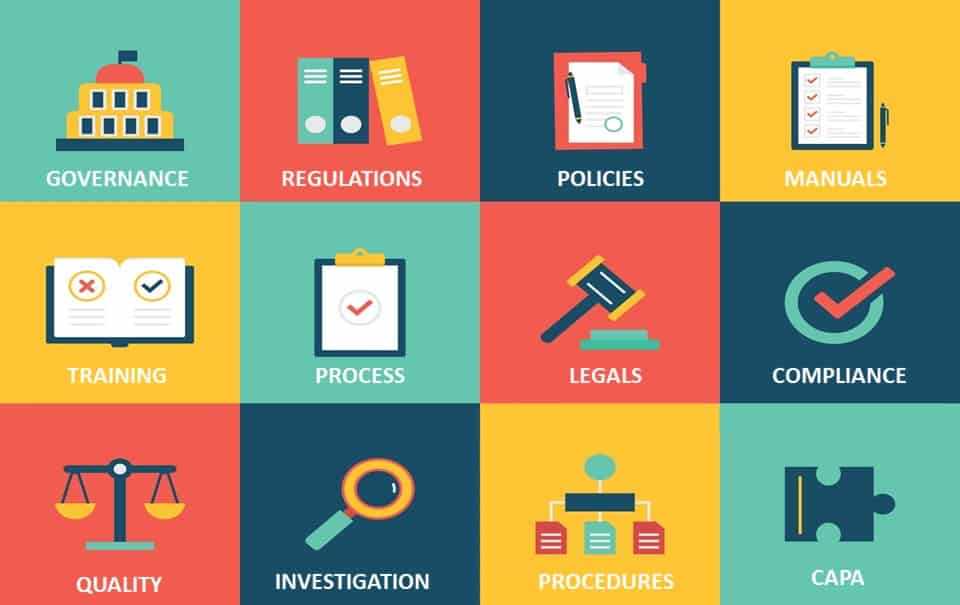
Basic understanding of quality assurance in GMP
- Published on: Feb 06, 2022
What is the objective of quality assurance?
The primary objective of a good quality assurance system is to ensure that the organisational processes consistently produce products or services which are safe, pure, effective, traceable and reproducible.
You can only achieve high level of quality assurance when your processes will perform robustly in a ‘state of control’ environment. All traceable auxiliary systems, which combindly build the entire process, have to operate in compliance with defined specifications, in-house expectations (business rules), standards and regulatory frameworks.
You cannot create a culture of good quality management system by chance, nor you can randomly choose to make a process rocks of its own.
The truth is everyone who takes part in maintaining quality assurance systems must have defined responsibilities and participate in harmony to achieve the desired goal. This includes everyone from the senior management to the stars of operations.
You must have to build quality into making your products or services which require the right systems to be designed, integrated, implemented and validated proactively at the infancy of the product or service lifecycle. Right through the beginning of the process.
A retrospective control of quality testing is not very useful to guarantee reproducible outcomes as it does not detect the defects or deviations at the time of occurring.
240 SOPs, 197 GMP Manuals, 64 Templates, 30 Training modules, 167 Forms. Additional documents included each month. All written and updated by GMP experts. Checkout sample previews. Access to exclusive content for an affordable fee.
I would like to briefly introduce a few commonly practiced quality assurance concepts which can contribute directly in quality performance. The outcome of which are quantifiable against set benchmarks.
Create quality policies
Firstly, it is extremely important to define the objectives of your quality systems and measure the workflow activities (processes) that are required to achieve those goals.
This involves creating quality policies as the overarching document that describe:
– Quality objectives
-Products and services
– Systems and processes involved
– Management responsibilities
– Management review and notifications
– Training of people proportionate to activities
– Qualification of facilities and systems
– Qualification of methods, instruments and equipment required
– List of approved suppliers
– List of all support systems and sub-systems employed
– Regulatory requirements etc.
Develop standard operating procedures
Secondly, standardisation must be achieved by creating standard operating procedures (SOP) and operating instructions (OI) for all operations.
Document change control is used for timely review of procedural updates and track all changes from the inception.
Controlled forms, logs, checklists and registers are used to generate records as evidence of work performed at real-time.
All documents must be controlled. No document should exceed their review period and a review must occur by due date at the minimum.
Out of practice documents must be obsoleted and uncontrolled documents must be removed.
Quality concerned investigational system
You should develop systems which can adequately identify and investigate any unplanned departure from the standardised practices (e.g. deviations, non-conformances etc.).
The investigation must aim to determine the root cause/s of the non-conformance. Appropriate corrective and preventive actions (CAPA) should be identified and implemented.
You should verify the efficacy of the corrective and preventive actions after their implementations. Periodic trend analysis must be performed to ascertain any sign pf systemic failure in the process.
Develop risk based quality assurance
You should develop a risk based quality assurance in order to achieve your quality targets. Quality risk management can be described as a systematic process of identifying hazards (risk events), evaluating likelihood & consequences of those hazards and controlling the hazards by implementing appropriate mitigation actions.
A generic quality risk management process flow includes:
– Risk Assessment
– Risk Identification
– Risk Analysis, and
– Risk Evaluation
– Risk Control or risk acceptance
– Risk Communication: communication of the outcome to stakeholders
– Risk review after change
Create change management system
Any planned change of process must commence with a proposal first. The change proposal must be risk assessed by subject matter experts & stakeholders and actions must be taken to mitigate any risk.
All activities during the change should be documented using change management system. No change should be approved without prior risk mitigation. A change will only be closed successfully when all implicated systems will reflect the change.
Develop trainings for employees
Employee training is an integral part of quality system to ensure only trained and authorised personnel should perform a task. As such, a well-designed training plan and matrix must be in place that correlates the employee job descriptions.
New and refresher training should be provided for continuous development of personnel.
Plan for periodic audits
Another important pillar of quality assurance is to conduct periodic audit.
Audits seek objective evidence that your quality management system is suitable and continues to be effective by periodically monitoring activities are performed in accordance with the agreed procedure or work instruction.
You must continually review and improve your quality management system in order for your company’s products and services to continually meet the customer satisfaction.
Periodic audit also seeks evidence that your quality system continues to meet the requirements of expected standards and any commitments made to regulatory bodies.
The results of audit will provide you a powerful mechanism for monitoring and improving the existing quality assurance practices by initiating corrective action when non-conformances or opportunities for improvement to process efficiency are identified.
Periodic audits also provide data with which your management can review site missions and objectives as well as the effectiveness of the total quality system. Audits form part of the company’s key performance indicators.
You should present the audit findings at the management review meetings, where areas for improvement are identified and actioned.
The measurement of such improvements to the quality management system is monitored via regular audits and the existing monitoring mechanisms within the quality system.
Develop process control techniques
You should design, develop and implement in-process controls at each critical process parameters. Inspections must be performed using validated methods and calibrated equipment. All tests have to comply specifications and any out of specification results must be investigated.
Qualify your suppliers
You should develop a program to qualify you suppliers and service providers through systematic evaluation and assessment process proportionate to the risk profile of procured materials used in your products.
Supply assurance is as important as maintaining our own process quality assurance. You should establish systems to encourage and report all customer feedback (complaints), investigate product defects and apply corrective actions.
Periodic process review
Finally, a comprehensive concurrent process review regime should be established so as to detect any deviation or failure within the process and be corrected in real-time.
Periodic product review helps to evaluate the quality of the product by reviewing quality investigations, any changes to process, specifications, test result out of specification, validation, recalls, regulatory changes and if any change in specification. This report should be reviewed by the senior management to assess the state of product quality and navigation of quality assurance.
240 SOPs, 197 GMP Manuals, 64 Templates, 30 Training modules, 167 Forms. Additional documents included each month. All written and updated by GMP experts. Checkout sample previews. Access to exclusive content for an affordable fee.

Author: Kazi Hasan
Kazi is a seasoned pharmaceutical industry professional with over 20 years of experience specializing in production operations, quality management, and process validation.
Kazi has worked with several global pharmaceutical companies to streamline production processes, ensure product quality, and validate operations complying with international regulatory standards and best practices.
Kazi holds several pharmaceutical industry certifications including post-graduate degrees in Engineering Management and Business Administration.
Related Posts
Line clearance procedure and reconciliation in GMP
Process Validation Guidelines for Formulated Products
How to perform metal detection in pharmaceuticals processes

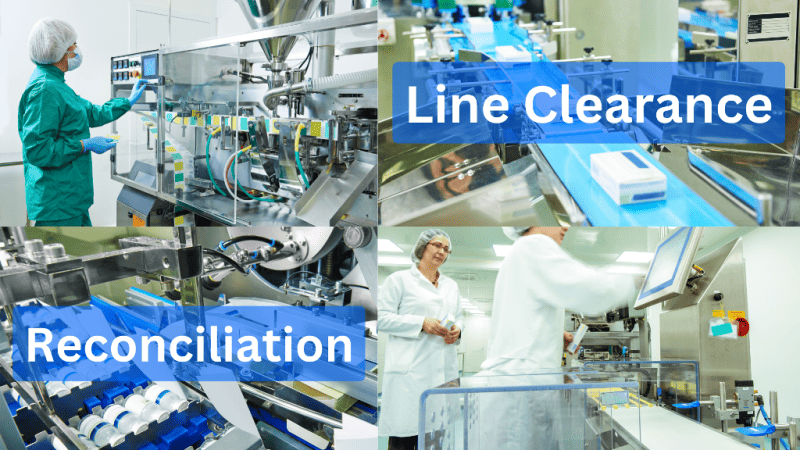
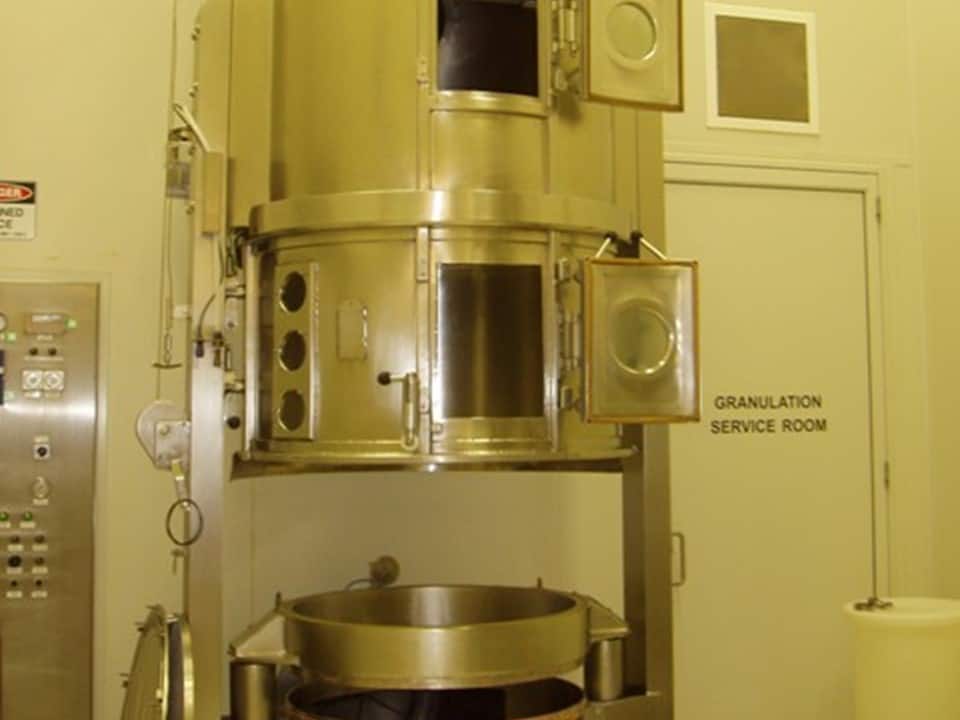


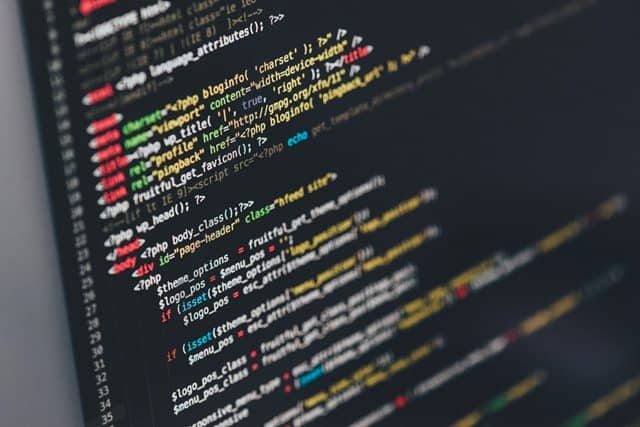
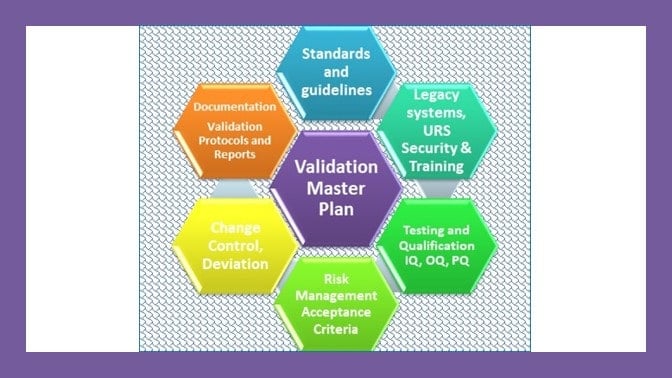


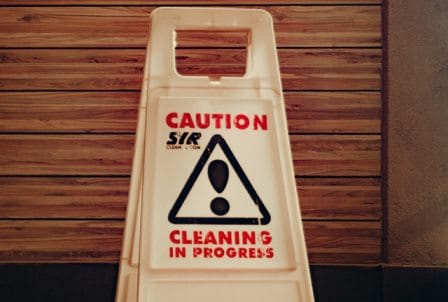
I would like have this book basic understanding of QA